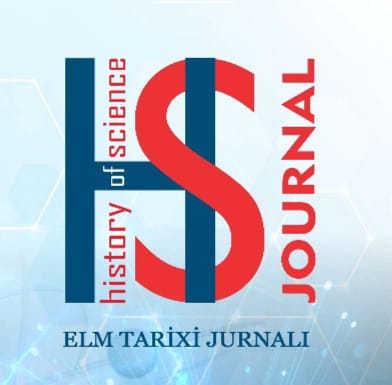This article presents a comparative-typological analysis of the innovations in children's literature during the Tanzimat era and the emergence and development of children's prose in Azerbaijani literature of the same period. The Tanzimat era is characterized as a phase marked by the strengthening of educational ideologies and Western influences, during which classical-didactic literary structures were gradually replaced by more modern forms and content. While Ottoman children’s literature of this period emphasized moral education, patriotism, and the transmission of new knowledge, similar tendencies such as enlightenment, national self-awareness, and the shaping of the child as an individual are observed in Azerbaijani children's literature. The study explores parallels between the works of Azerbaijani educational writers such as Seyid Azim Shirvani and Hasan bey Zardabi, who sought to produce texts suitable for children's comprehension, and Tanzimat-era Ottoman authors like Kayserili Doctor Rüştü, Ahmet Midhat, and Mehmed Şemsettin, who engaged in similar literary endeavors. Furthermore, the article identifies the similarities and differences between these two literary traditions in terms of language, style, genre, and ideological content. Ultimately, it concludes that in both cultural contexts, the formation of children's literature was closely linked to movements for modernization and enlightenment, where adapting classical oral and written traditions to the needs of a new era played a crucial role.

